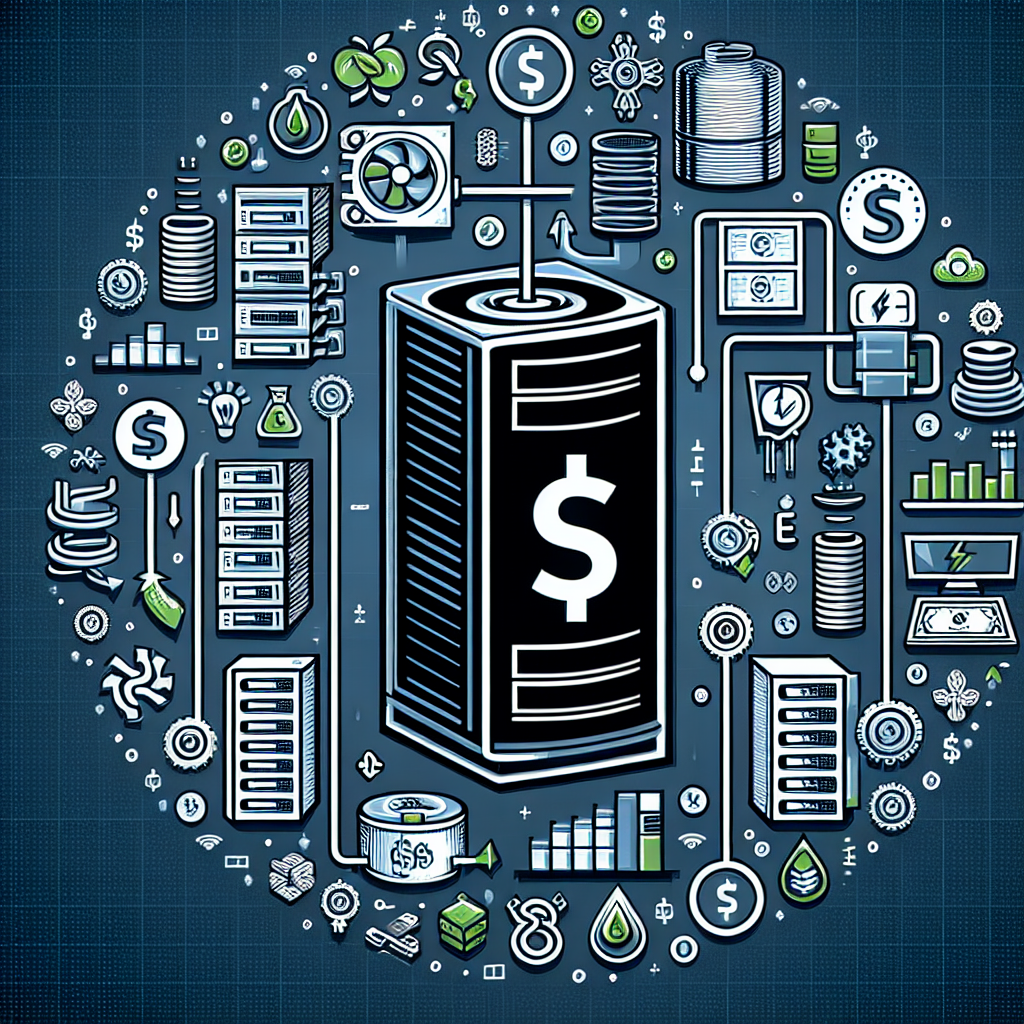Your cart is currently empty!
How Data Center Cooling Impacts Energy Consumption and Costs

Data centers are essential facilities that house the computing power and storage necessary for the functioning of everything from social media platforms to financial institutions. However, one of the major challenges faced by data centers is the amount of energy required to keep the equipment running smoothly. In fact, cooling alone can account for up to 40% of a data center’s total energy consumption.
Data center cooling is crucial in maintaining the optimal operating temperature for servers and other equipment. Without proper cooling, these machines can overheat, leading to system failures and potential data loss. This is why data centers invest heavily in cooling systems to ensure the smooth operation of their infrastructure.
There are several ways in which data center cooling impacts energy consumption and costs. The first is the type of cooling system used. Traditional air conditioning units are commonly used in data centers, but they can be energy-intensive and costly to operate. More energy-efficient options, such as liquid cooling or free cooling systems that utilize outside air, can significantly reduce energy consumption and costs.
Another factor that affects energy consumption is the design and layout of the data center. Proper airflow management is key to maximizing the efficiency of cooling systems. By ensuring that hot air is effectively removed from the equipment and cool air is circulated efficiently, data centers can reduce the amount of cooling needed to maintain optimal temperatures.
Regular maintenance and monitoring of cooling systems are also essential in reducing energy consumption and costs. By identifying and addressing any issues early on, data centers can prevent equipment failures and ensure that cooling systems are operating at peak efficiency.
In conclusion, data center cooling plays a crucial role in energy consumption and costs. By investing in energy-efficient cooling systems, optimizing airflow management, and regularly maintaining and monitoring cooling systems, data centers can reduce their environmental footprint and operating costs. As the demand for data centers continues to grow, it is essential that these facilities prioritize energy-efficient cooling solutions to ensure sustainability and cost-effectiveness in the long term.

Leave a Reply